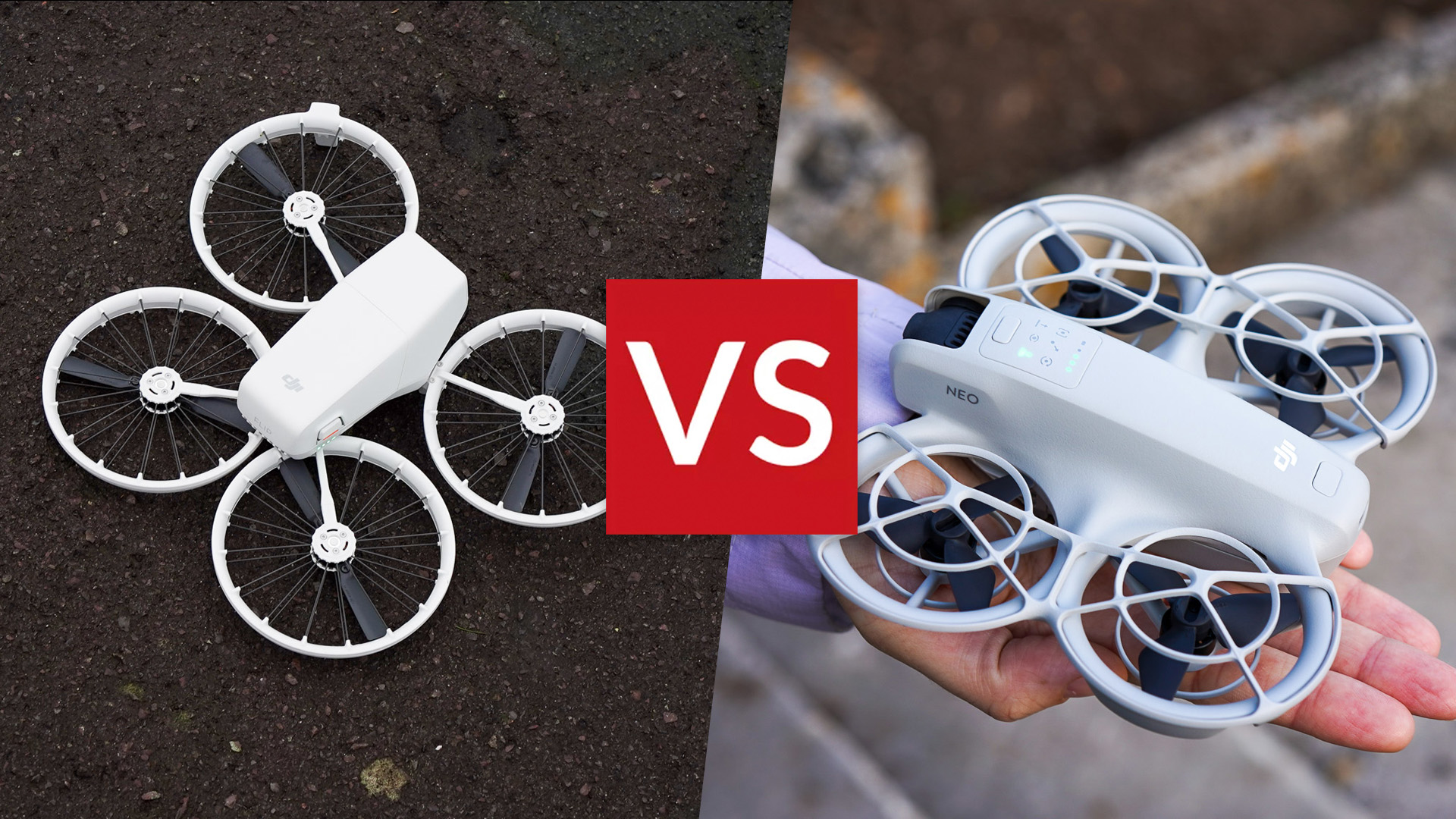

DJI has been extremely busy in 2024, releasing one successful product after another. One of these was the very well-received model, the compact DJI Neo, an ultra-affordable selfie drone with skills like no other DJI drone. It could follow you around and can be operated without a controller for one-tenth of the price of a new Mavic Series drone.
To my surprise, the company released another selfie drone, the DJI Flip, mere months after. The newer UAV is larger, somewhat heavier and has a larger sensor; it also added new modes and sports a unique design that involves folding propellers with guards. However, the Flip is twice the price of the Neo.
At face value, the two models offer similar functionality and user experience, making it harder for beginner pilots – the primary target market for both – to decide which one to get. I tested and reviewed both, and even though I love them, one is certainly better value than the other.
Which is the best drone of the two, and how do they compare? Just because one isn’t the best drone, does it mean it’s not worth buying? What are the pros and cons of either model? Find out the answers to these questions and more below in my full DJI Flip vs DJI Neo comparison.
DJI Flip vs DJI Neo
Price and availability
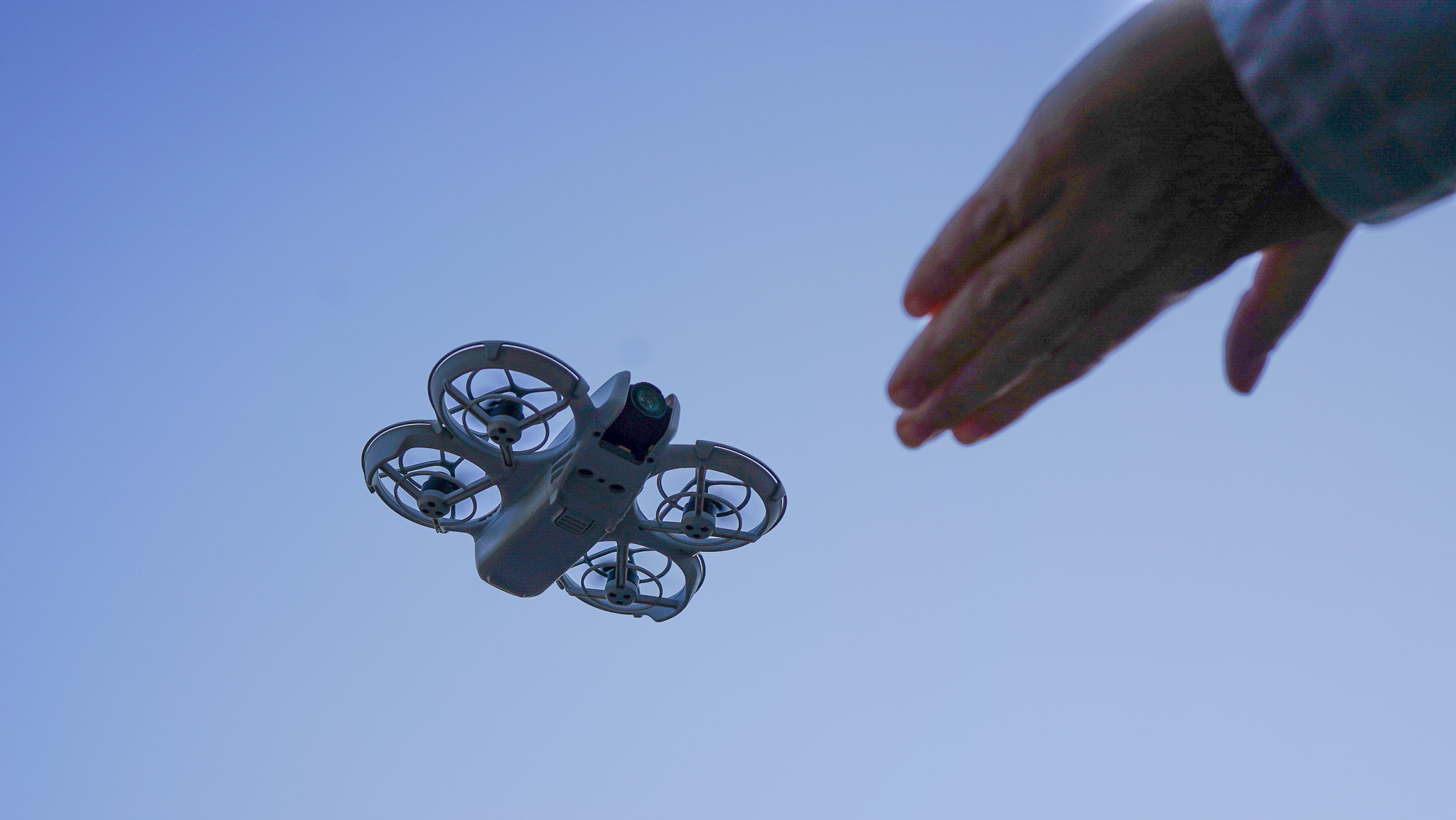
The Neo is ultra-affordable
The DJI Neo was announced in September 2024 and is now available to order directly from DJI and authorised retail partners for a recommended price of $199/ £169/ AU$299 for the standalone combo. The Fly More Combo, which includes the RC-N3 Controller and the Two-Way Charging Hub, retails for $289/ £299/ AU$539.
The DJI Flip was launched in January 2025 and is available to buy now at DJI, with prices from $439/ £369/ AU$699 (Standard Combo with the RC-N3 controller). The DJI Flip RC 2 Combo comes in at $639/ £549/ AU$949, with the only real difference being the inclusion of the DJI RC 2 Controller. The ultimate DJI Flip Fly More Combo costs $779/ £659/ AU$1,159 and includes three batteries, three spare propeller pairs, a gimbal protector, a shoulder bag and the parallel charging hub.
It’s worth noting that the Neo received no discounts during Black Friday, which is no surprise considering how cheap it is at full price. Even though the Flip is more expensive, I doubt we’ll see huge discounts before DJI decides to start getting rid of its stock (in anticipation of a new model, perhaps).
Get all the latest news, reviews, deals and buying guides on gorgeous tech, home and active products from the T3 experts
Winner: the Neo is not just cheaper but one of the most affordable premium drones out there, which makes it more appealing to beginner pilots.
Design and build quality
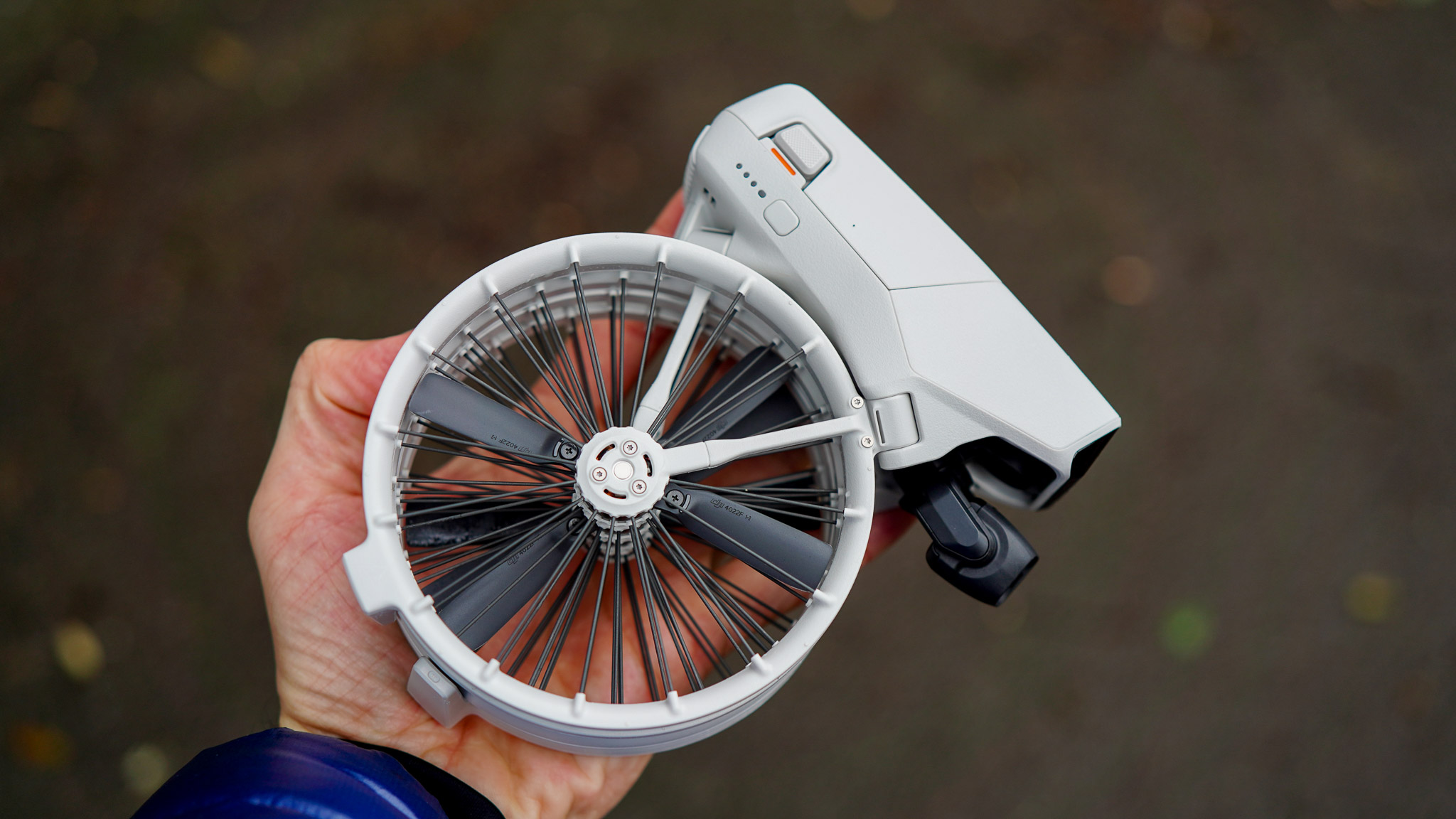
The Flip has a folding design
The DJI Flip and DJI Neo drones offer distinct design philosophies aimed at beginner drone users, balancing safety, portability, and ease of use.
The DJI Flip stands out with its foldable design, making it highly portable for users who need convenience without sacrificing durability. Its integrated propeller guards are designed with a web-like structure, providing an extra layer of safety during flights.
Weighing 249g, I found the Flip solid yet light, striking a balance between robustness and portability. Its infrared sensors, positioned above the camera unit, allow it to avoid obstacles in front of the drone and feature similar downward-facing cameras to detect optimal landing surfaces. It only has 2GB internal storage but is expandable with microSD cards.
On the other hand, the DJI Neo adopts a non-foldable, ultra-lightweight design that weighs only 135g. In all honesty, I don’t mind the non-folding design, as the Neo is ultra-compact as it is. Its compact size and built-in propeller guards make it exceptionally beginner-friendly, particularly for indoor flights. While its design leans more toward a toy-like appearance, the Neo remains durable enough to withstand occasional bumps and minor crashes.
The addition of downward-facing cameras enhances stability by assisting with takeoff, landing, and hovering – even in environments without GPS (both the Neo and Flip have built-in GPS). This makes the Neo ideal for casual users or younger pilots who value simplicity and hassle-free operation over advanced features.
The Flip offers a more advanced, polished design with a focus on versatility and safety, making it suitable for beginners interested in progressing toward professional-level drone use. The Neo, with its lightweight and straightforward design, targets users seeking an easy-to-use, durable drone for basic flying experiences. That said, both drones excel in offering safe and accessible entry points into drone flying but cater to slightly different audiences.
Winner: the Flip is more robust and has a folding design, yet it’s still under the 250g limit, a widely adopted regulation for drones by aviation authorities like the FAA (U.S.) and the CAA (U.K.)
Flight performance

DJI Neo in subject-tracking mode
The DJI Flip offers an impressive flight performance for beginners, featuring a 31-minute flight time and a range of up to 14 km. It includes AI-powered subject tracking, a 3-axis mechanical gimbal for stable footage, and strong wind resistance up to Level 5 (10.7 m/s). These features provide a smooth and stable flying experience, making it beginner-friendly yet capable of semi-professional tasks.
The DJI Neo offers an 18-minute flight time and a 7 km range, with a single-axis mechanical gimbal and electronic stabilisation for smooth footage. It features Level 4 wind resistance (up to 8 m/s) and improved tracking thanks to apost-launch firmware update. Its lightweight build makes it ideal for stable, indoor, and beginner-friendly flights.
I found that the DJI Flip offers a more refined and versatile flight experience, handling outdoor conditions and advanced manoeuvres more easily. Its stability in the air allows me to produce smoother, cinematic footage that might appeal to users interested in pushing their creative limits. The DJI Neo prioritises simplicity and safety, making it perfect for casual flying. It feels more forgiving for beginners but lacks the agility and control that the Flip provides.
The more advanced Flip offers both QuickShots and the more advanced MasterShots, giving users access to a variety of automated flight patterns and cinematic shooting modes. This makes it ideal for capturing professional-looking footage with minimal effort. The smaller Neo primarily features QuickShots, focusing on simpler, user-friendly automated shots. Both can follow pilots automatically, though.
Winner: the DJI Flip is the better choice due to its smoother handling, greater stability, and adaptability to various flying environments.
Camera performance
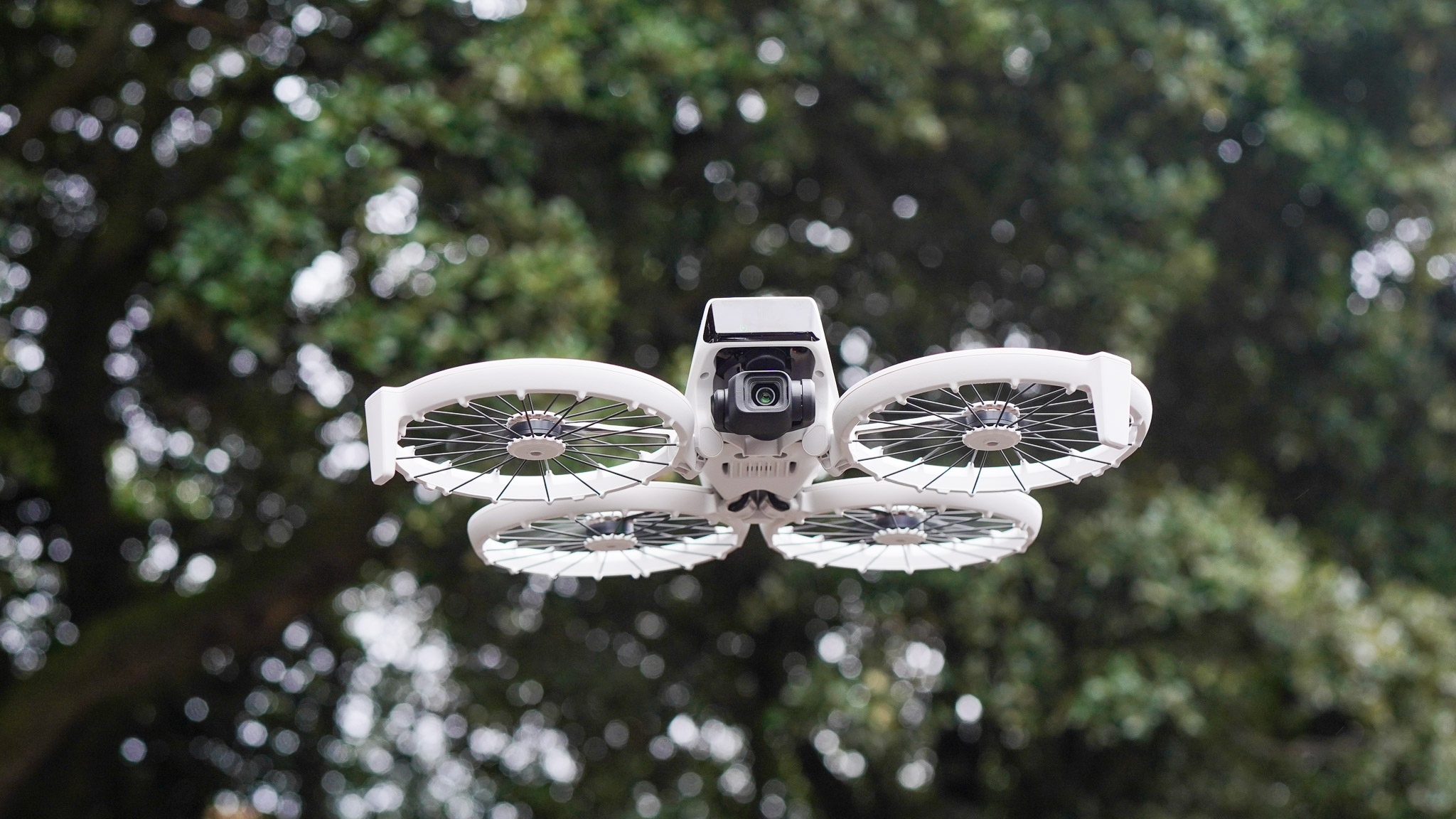
The Flip has a larger sensor and more robust camera performance
The DJI Flip delivers exceptional camera performance for a beginner drone. It features a large, 1/1.3-inch sensor with Dual Native ISO integration, paired with a 24mm wide-angle lens and a bright f/1.7 aperture.
It’s capable of capturing high-resolution 4K video at 60fps and 48MP still images, delivering exceptional detail and clarity. Its 3-axis mechanical gimbal ensures ultra-smooth stabilisation, even during dynamic movements. AI-powered subject tracking further enhances its creative capabilities.
The DJI Neo delivers solid camera performance with a focus on simplicity and ease of use. It has a smaller, 1/2-inch image sensor and offers 4K video recording at 30fps and 12MP photos, supported by a single-axis mechanical gimbal and electronic stabilisation. While it delivers decent footage, it lacks the advanced stabilisation and high-resolution imaging of the Flip, making it more suited for casual content.
The DJI Flip excels in camera performance with superior stabilisation and image quality, making it ideal for users interested in capturing professional-looking, dynamic footage. Its advanced gimbal system allows for smoother, more stable shots in various conditions. The DJI Neo, while capable of capturing clear 4K video, focuses on simplicity with basic stabilisation, making it better suited for casual content and social media clips.
Winner: the DJI Flip is the stronger choice for users seeking creative flexibility and higher-quality visuals.
Battery life
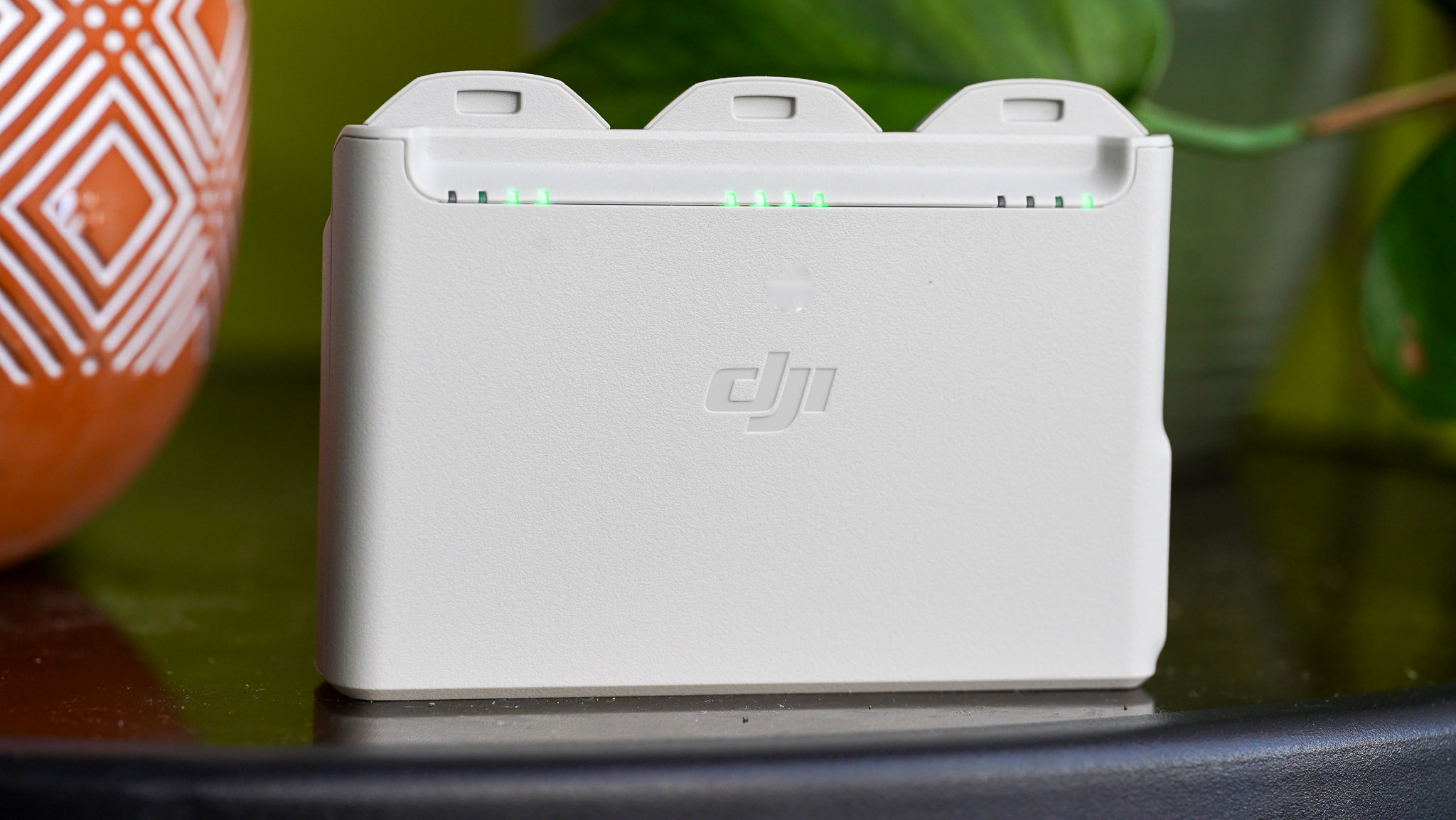
Both drones can be bought with multi-battery chargers
The DJI Flip offers significantly longer battery life, providing up to 31 minutes of flight time. This extended duration allows for more creative flexibility and longer shooting sessions. The Neo has a shorter battery life, offering up to 18 minutes of flight time, which is more limiting but still sufficient for casual and beginner users.
While both have their The DJI Flip supports faster and more efficient charging with an advanced charging hub that can charge multiple batteries in sequence, maximising flight time between sessions. The DJI Neo uses a simpler charging setup, typically charging one battery at a time, which can be slower and less convenient for extended use.
Winner: the Flip’s longer battery life makes it more suitable for capturing complex shots and exploring larger areas.
Verdict

The DJI Flip is a clear winner
Although both drones have their place in the broader DJI ecosystem, the Flip is admittedly a more competent drone with longer battery life, better sensors, and more versatile flying capabilities than the Neo. It costs more but is still much cheaper than most mid-range DJI drones of yesteryear.
Where does this leave the DJI Neo? Being as affordable as it is, I can’t imagine its popularity decreasing significantly due to the Flip’s presence. The dinky drone’s feature set punches above its weight, and the app ecosystem is second to none. To be able to acquire a quality DJI drone with 4K resolution for under $200 is nothing short of a miracle.
However, if you can stretch your budget a little more, I would recommend getting the Flip instead. The larger sensor produces crisper images and smoother videos, not to mention the MasterShots and slow-motion footage. It’s simply a more capable beginner drone sold for a very reasonable price.

Matt Kollat is a journalist and content creator who works for T3.com and its magazine counterpart as an Active Editor. His areas of expertise include wearables, drones, fitness equipment, nutrition and outdoor gear. He joined T3 in 2019. His byline appears in several publications, including Techradar and Fit&Well, and more. Matt also collaborated with other content creators (e.g. Garage Gym Reviews) and judged many awards, such as the European Specialist Sports Nutrition Alliance's ESSNawards. When he isn't working out, running or cycling, you'll find him roaming the countryside and trying out new podcasting and content creation equipment.